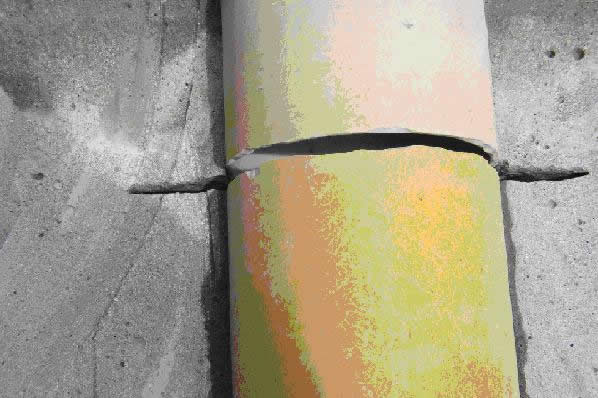Hydraulic Fracturing
Hydraulic fracturing has been used by the mining industry at least since
the end of the 19th century, when it was applied to quarrying blocks of
granite, and in the petroleum industry since the late 1940s when it was
introduced to stimulate wells. It now represents a major petroleum service
industry and is used widely to stimulate oil, gas and coal seam methane
wells. Recently, hydraulic fracturing has been used, again in mining, to
precondition rock for caving and for stimulation of horizontal in-seam
gas drainage holes.
Work at Dartbrook coal mine in 2002 by CSIRO demonstrated the significant
benefit that fracturing of in-seam drain holes can have on gas drainage
rates. Placing small sand-propped hydraulic fractures along in-seam holes,
especially in low-permeability coal zones, was shown to produce stimulated
gas flow that was 20 to more than 100 times the un-stimulated rate. CSIRO
and SCT Operations continue to work in this area to develop reliable methods
to stimulate drain holes in conditions that preclude use of open-hole straddle
packer systems. (Rob
Jeffrey,CSIRO Petroleum)

Slot through plastic casing in a concrete block made using a high pressure sand-water slurry jet cutting tool